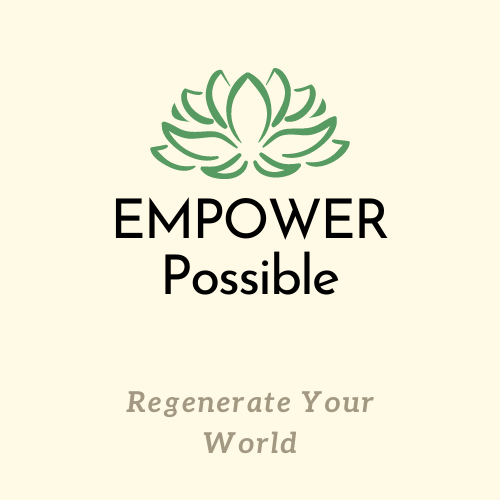Do you say things like, “I will be happy when I _______” ( I get a new job, relationship, promotion, etc.) Think back to a time when you really wanted something, maybe it was a new TV, a vacation, or a new relationship, how did you fill in the blank? How did it feel once you got those things? Did the happiness last or did you quickly move on to wanting something more, a bigger TV, a better vacation, a different relationship? You probably were happy for a period of time and then if you are like most of us quickly moved on to thinking, “I will be happy when I ____” again. Think about what “fill in the blank” you are chasing today. The good news is you can stop chasing. You do not have to wait to be happy, happiness can begin right now! A few years ago, I attended a training called, “Happy Hour” no we did not meet in a bar for drinks, we met at Carleton College for a week-long training session on topics related to positive psychology. While taking the class I learned so much about happiness. Life is challenging and according to researchers your life circumstances only account for part of your level of happiness. This is where the Happiness Equation comes in, yes this is a real thing developed by positive psychologists, the Happiness Equation states about 10% of our happiness can be explained by our external factors, and about 40% - 50% is our genetics (the set range that we live in) and the rest is determined by our intentional activity and our interpretation of the events that happen in our life and our perception. In other words, your happiness doesn't have to depend on your life circumstances (the bigger TV, the promotion, etc.). You have a choice when it comes to happiness. This is great news! It means with time, focus, and attention we can impact our level of happiness in a positive way. Want to learn how? Below is an overview of a few steps you can take to adjust your level of happiness. First, a disclaimer, the definition of happiness I am referring to is the feeling you have when you are striving towards your full potential in service to others. This is different than the yellow smiley face type of happiness. Not that there is anything wrong with that type of happiness however research shows that type of happiness is very fleeting as you may have noted from the first paragraphs of this newsletter. There are many ways to stop sabotaging your happiness. I am going to discuss two ways to stop sabotaging your happiness with the hope that you will be able to take at least one action and put it into practice. The first way to stop sabotaging your happiness is to identify your mindset. As we discussed 40-50% of your levels of happiness are determined by how your brain processes the world so we need to train your brain! You’ve probably heard of the story of the two shoe salesmen who were sent to another country in the early 1900s to assess opportunities. They wired separate telegrams back to their boss. One read: “Situation hopeless. They don’t wear shoes.” The other read: “Glorious opportunity! They don’t have any shoes yet.” How do we get to a point where we can see the opportunities and adjust our mindset? We do this by engaging in activities that re-wire the brain- savoring a positive experience for example helps you to reflect on positive moments to help us overcome our natural tendencies to focus on the negative Think about it: In the work world, as in our personal lives, we are often rewarded for noticing the problems that need solving, the stresses that need managing, and the injustices that need righting. Sometimes this can be very useful. The problem is that if we get stuck in only that pattern, always looking for and picking up on the negative, even a paradise can become hell. And worse, the better we get at scanning for the negative, the more we miss out on the positive – those things in life that bring us greater happiness, and in turn fuel our success. The good news is that we can also train our brains to scan for the positive – for the possibilities dormant in every situation. This doesn’t mean ignoring the negative. It means we don’t need to focus on the negative. The second way to stop sabotaging your happiness is to identify your strengths. Good news again, we all have strengths! No matter what your current challenges are there are ways to use your strengths to help overcome them. In general, people tend to be happier and more successful when they use their strengths. The first step to using your strengths is identifying your strengths. Once you identify your strengths think of how you currently use your strengths and one way you could use your strengths in a new way and do this activity for at least one week. For example, I am a curious person, I could use my strength in a new way by asking a co-worker a question I have never asked them before. Since I work remotely I don’t often have the opportunity to chat about none work-related items with my colleagues so in my case this would be a new way to use my strength. How could you use your strengths in a new way? Want to explore your mindset and strengths? Complete this worksheet to identify your mindset and your strengths. Click HERE to access the Identify your Strengths and Mindset worksheet. After completing the worksheet take a few moments to journal about the experience. Let me know your discoveries along the way, email me, info@empowerpossible.com. Scroll to the bottom of this newsletter for upcoming EMPOWER Possible events! | 